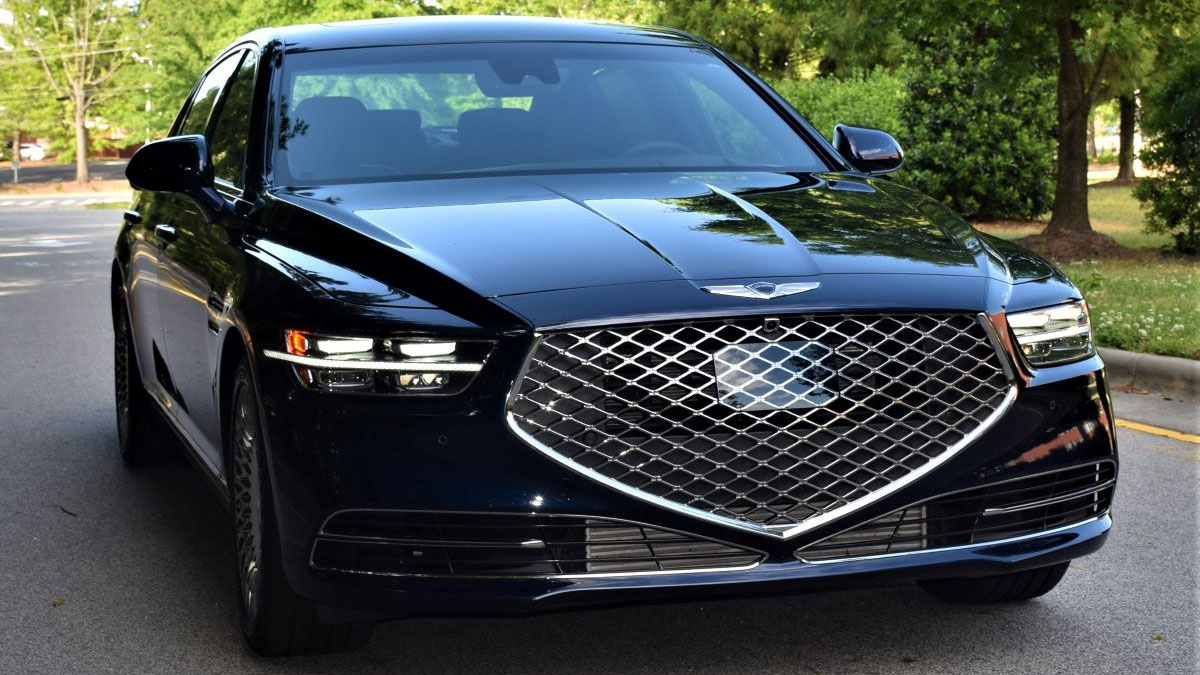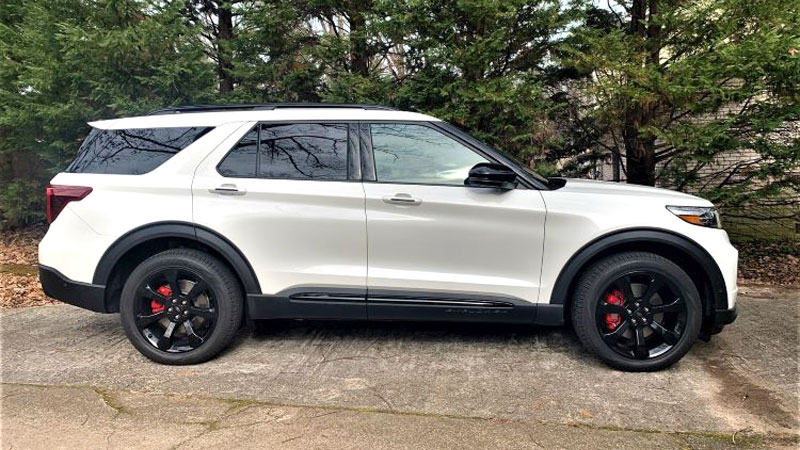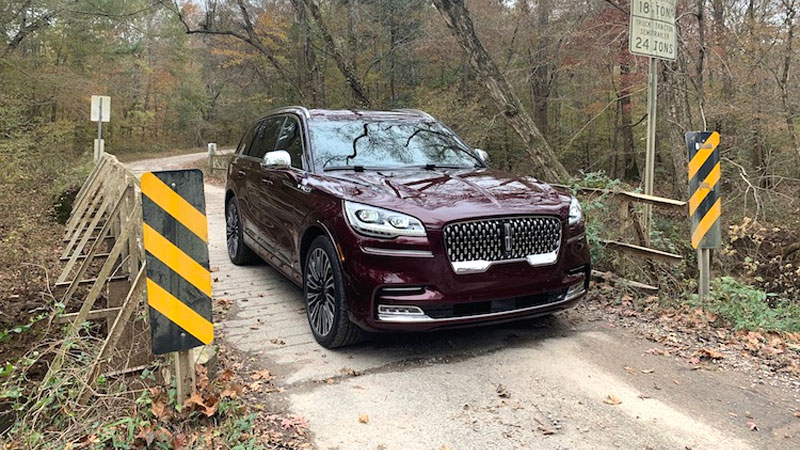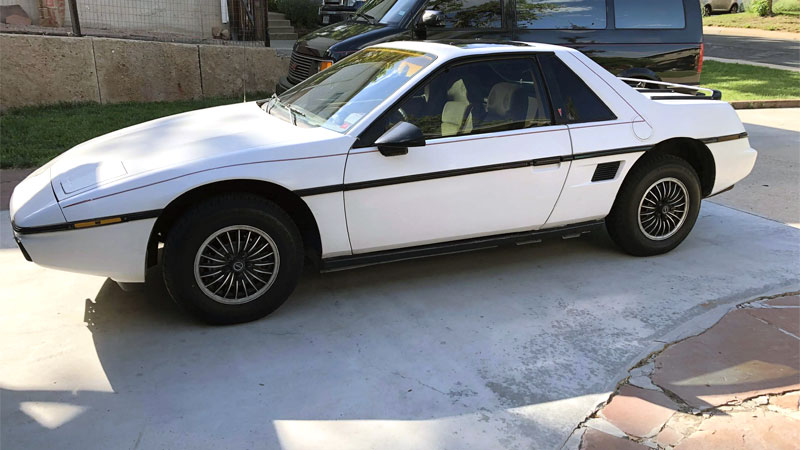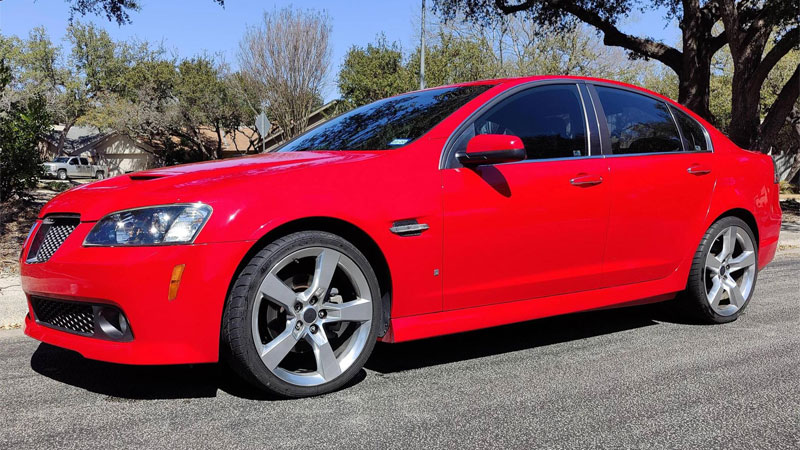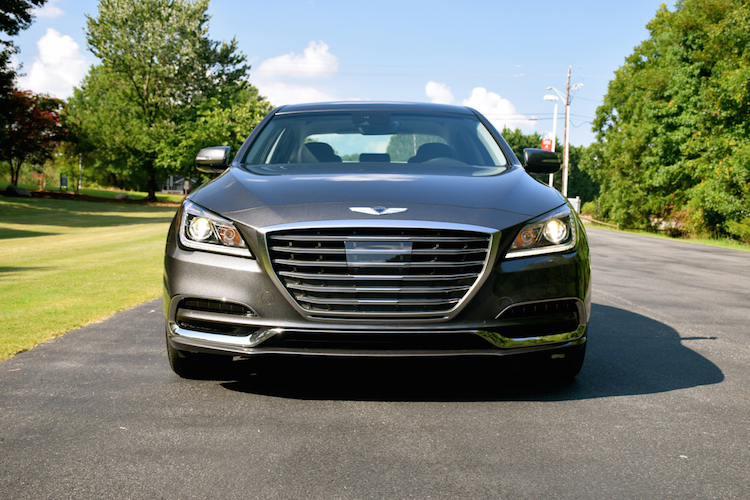Ultimate Luxury: 2020 Genesis G90 Review
One of the descriptions for “genesis” is “beginning” and that’s an appropriate name for Hyundai’s luxury marque. The Genesis G90 was the brand’s first standalone model when it launched in 2017. Three years later and this full-size sedan is currently sold alongside the midsize G80 and the compact G70 sedans. … Read more

